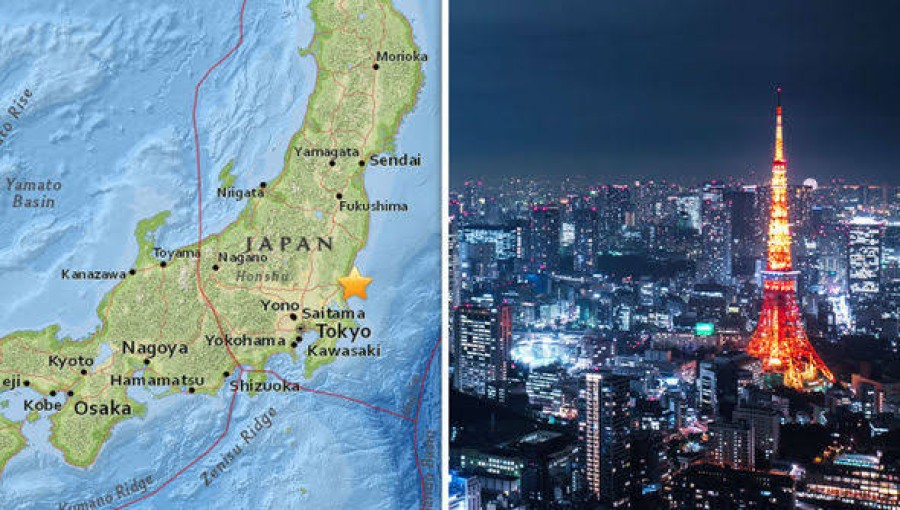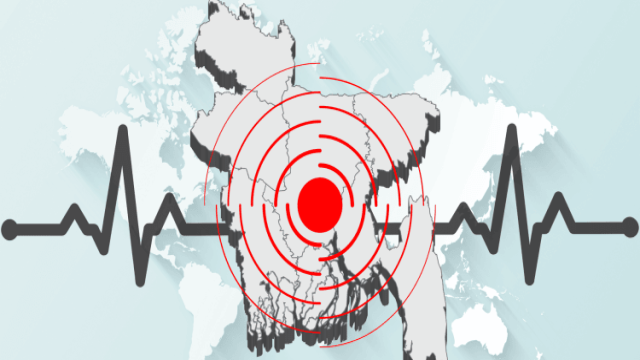Japan was rattled once again by a magnitude 5.3 earthquake, striking north of Tokyo at approximately 9 a.m. local time on Thursday. The earthquake's epicenter was located four kilometers from the Kasukabe area, with a population of 230 thousand people, north of Tokyo, as reported by the US Geological Survey (USGS).
Fortunately, no tsunami warning was issued following the earthquake. Japan's own vibration measurement scale registered the earthquake at level five on a scale of zero to seven. Despite the strong tremors, there were no immediate reports of casualties.
Warning sirens blared across Tokyo and its surrounding areas immediately after the earthquake, prompting precautionary measures. Several houses suffered damage, and the bullet train services were halted temporarily as a safety measure. The lack of street lights from Tokyo to Fukushima necessitated the suspension of train services until safety inspections were conducted.
Moreover, nuclear reactors in the vicinity were temporarily shut down as a precautionary measure. Authorities are currently assessing the nuclear power plant's safety following its proximity to the earthquake's epicenter.
Japan, known for its seismic activity, experiences approximately 1800 earthquakes annually, representing about 18 percent of global seismic activity. The country's stringent building codes and earthquake-resistant infrastructure have helped minimize damage and casualties during such events.
The earthquake serves as a stark reminder of Japan's vulnerability to seismic events and underscores the importance of ongoing preparedness and resilience efforts in the region.































Comment: